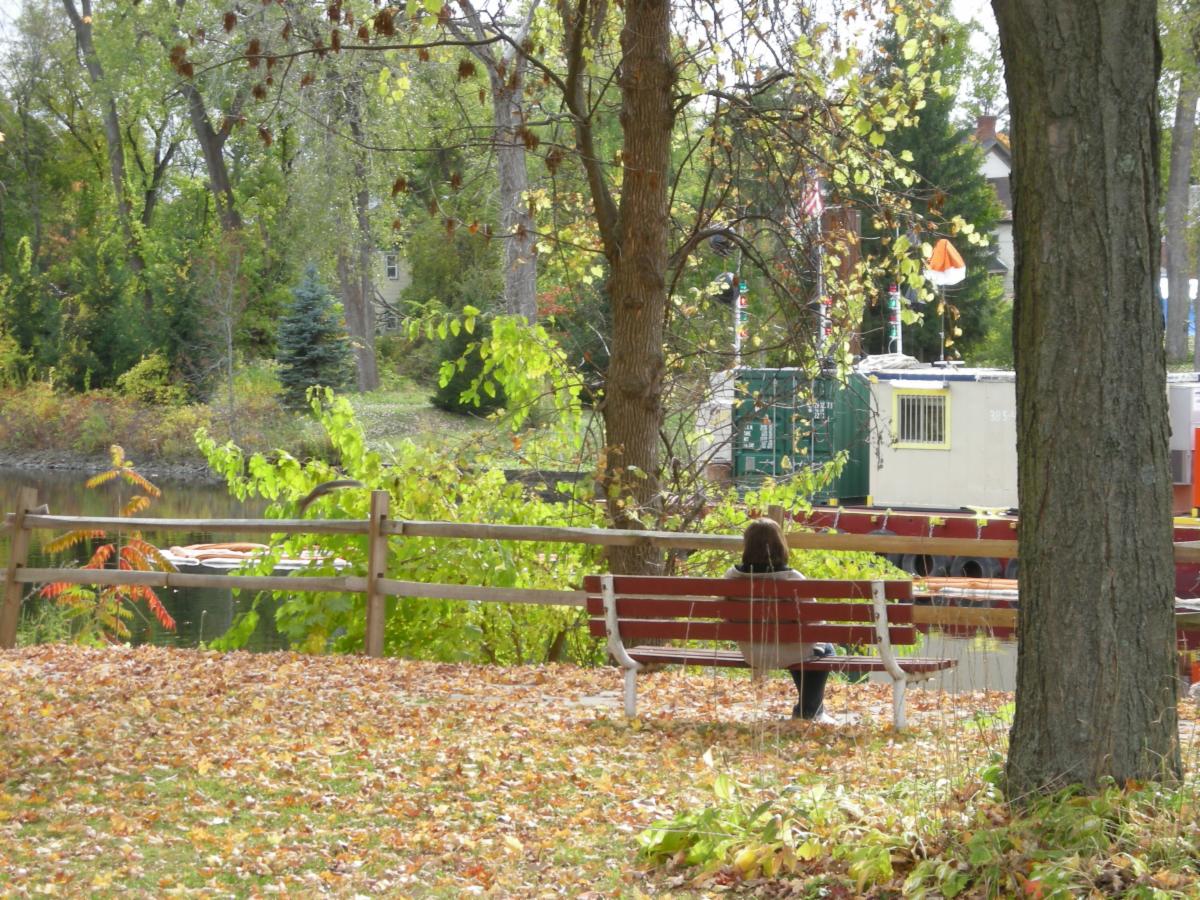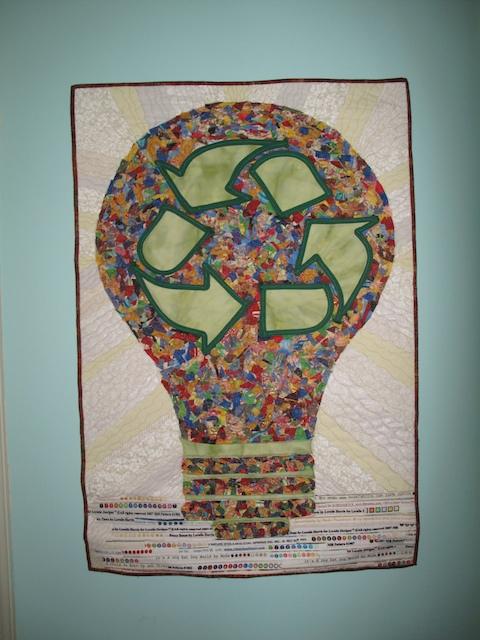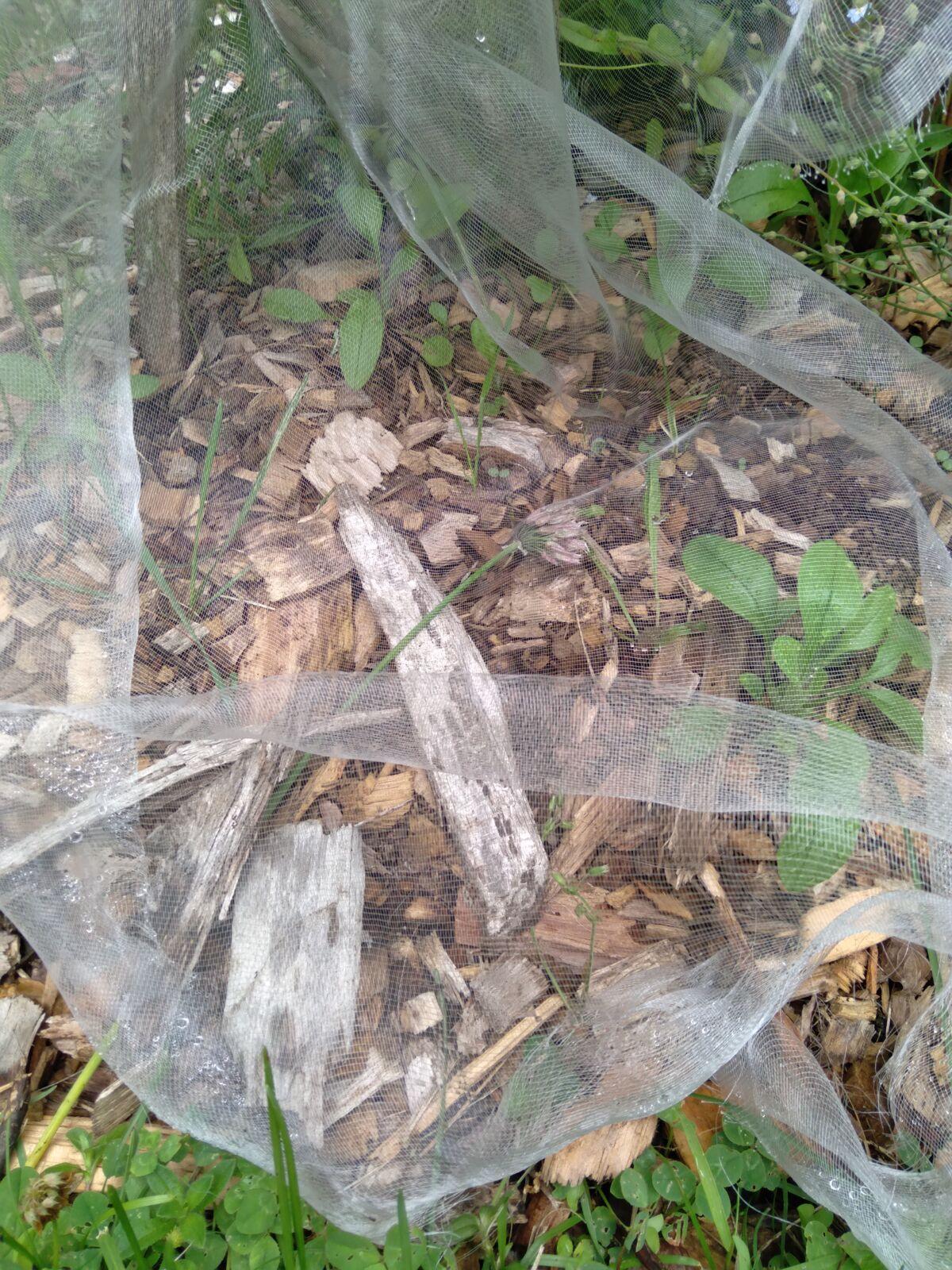
Carl Jung defined the Shadow as a part of the human personality that we are ashamed or embarrassed about. Because it represents the opposite of our conscious, chosen attitude about ourselves, we try to push it into the background, into the unconscious. Often, we take an immediate dislike to other people who openly exhibit this aspect of themselves.
Although people often assume that the Shadow is evil or perverse, that is rarely the case. For example, if a woman cultivates an image of herself as a free-spirited artist, her Shadow might be a businesswoman who insists on order and control. A man who tries to be a tough negotiator in his business might have a Shadow who cries over romantic comedies.
There are Shadows in our communities, too, and they are the hurt places we live among. Shadow places are the city dumps we take detours to avoid, the bare, littered places under bridges where homeless people live. Shadow places are wilderness trails you used to hike that have been opened to mining.
When we ignore these places, we are trying to shove them out of our consciousness, just as we do with those secret places in ourselves that we hope others won’t notice.
Mental health professionals remind us that we can’t be whole, healthy individuals until we get to know all the aspects of ourselves and accept them as intrinsic parts of who we are. We can transform some of these shady personalities into qualities that serve us better—but not until we are willing to look at them, honor them, explore them.
When we visit wounded places and get to know them as they are now, we are bringing the Shadows of our communities and wilderness areas out of the darkness and into light. Being willing to really see them, we find beauty there. Making beauty, we come into a new kind of wholeness with both the place and ourselves.
MORE RADICAL JOY REVEALED
“There’s No Wounding Here”
Every now and then, around this time of year, in the weeks leading up to the Global Earth Exchange, someone emails to tell me they’d like to participate in our annual event of giving beauty [...]
Do It Though No One Notices
A young woman I know who lives in North Carolina considers herself an ardent environmental activist. She belongs to the Sierra Club and The Wilderness Society, works for an organization that runs therapeutic wilderness programs [...]
In Memory of a Cardinal
Radical Joy for Hard Times has always urged our members around the world to give attention and beauty to those places and beings that have meaning for them. It’s not necessary to seek out some [...]


